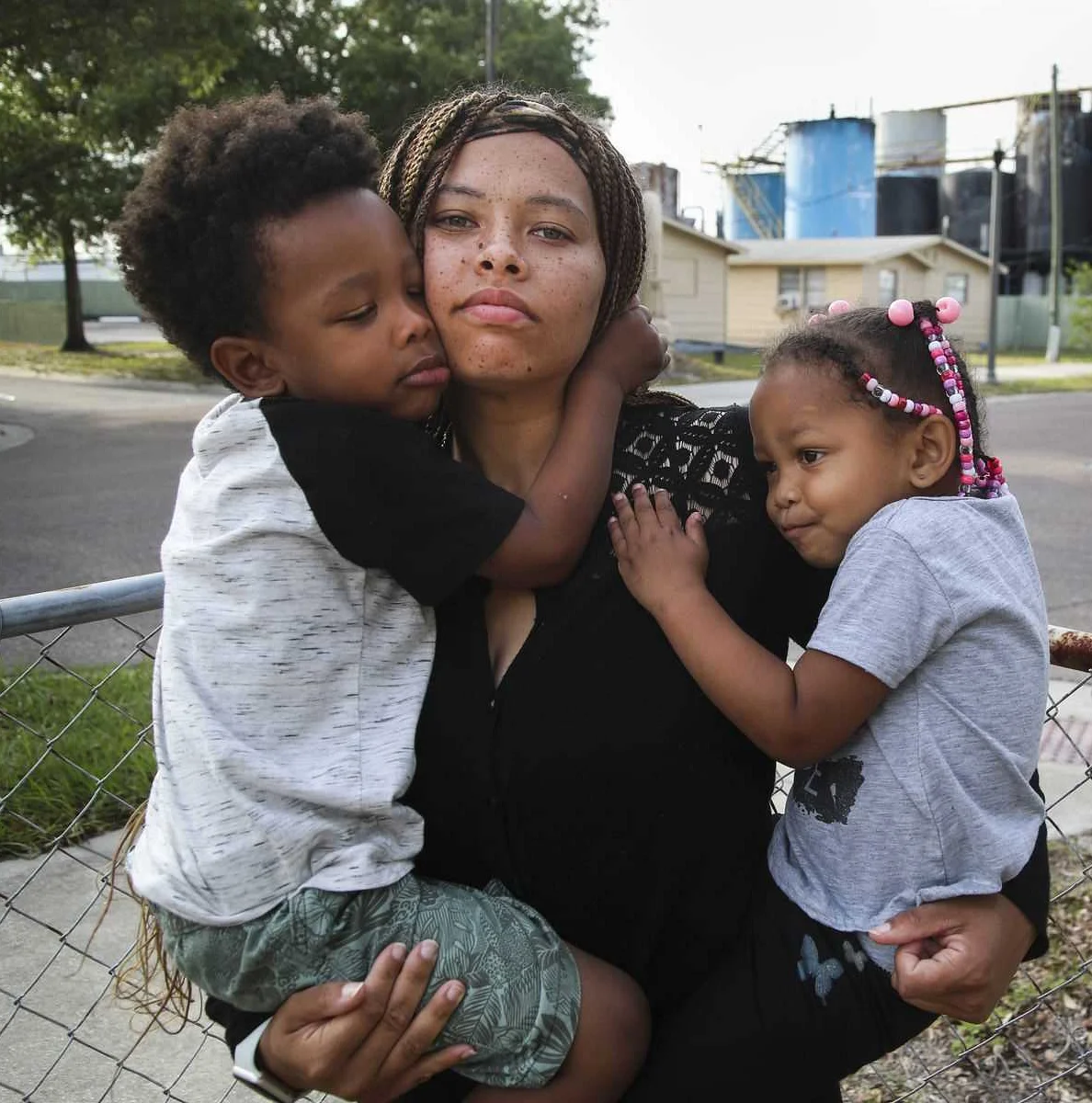Childhood Cancer in St. Petersburg: A Look into the Numbers
Содержимое
Find out the number of children in St. Petersburg who are affected by cancer and learn about the efforts being made to support them in their fight against the disease. Explore statistics, treatment options, and resources available to help these brave young patients and their families.
Childhood cancer is a devastating disease that affects millions of children worldwide. In St. Petersburg, Russia, the statistics are no different. Understanding the statistics and impact of childhood cancer in this city is crucial for raising awareness and implementing effective measures for prevention, diagnosis, and treatment.
According to recent studies, the incidence of childhood cancer in St. Petersburg has been steadily increasing over the past decade. This alarming trend indicates a pressing need for further research and intervention strategies to address the root causes and reduce the burden on affected children and their families.
It is estimated that around 200 children in St. Petersburg are diagnosed with cancer each year. This number may seem small compared to the overall population, but the impact of childhood cancer goes far beyond the numbers. The physical, emotional, and financial toll on the affected children and their families is immense, leaving long-lasting scars that cannot be easily healed.
Furthermore, the types of childhood cancer prevalent in St. Petersburg mirror global trends, with leukemia, brain tumors, and neuroblastoma being the most common. These cancers require specialized treatment protocols and comprehensive care, adding to the challenges faced by the affected children and their families.
By understanding the statistics and impact of childhood cancer in St. Petersburg, we can work towards a future where no child has to suffer from this devastating disease. Increased funding for research, improved access to healthcare resources, and enhanced support for affected families are vital steps towards achieving this goal and ensuring a brighter future for the children of St. Petersburg.
Understanding Childhood Cancer in St. Petersburg

Childhood cancer is a significant health issue in St. Petersburg, with a growing number of cases reported each year. It is important to understand the statistics and impact of childhood cancer in order to develop effective prevention and treatment strategies.
According to recent data, the incidence of childhood cancer in St. Petersburg has been increasing steadily over the past decade. In 2019, there were 150 new cases of childhood cancer reported in the city. This represents a 10% increase compared to the previous year.
The most common types of childhood cancer in St. Petersburg are leukemia, brain tumors, and neuroblastoma. Leukemia accounts for approximately 30% of all childhood cancer cases, while brain tumors and neuroblastoma make up around 20% and 15% respectively.
Childhood cancer not only has a significant impact on the health of affected children, but also on their families and communities. The diagnosis and treatment of childhood cancer can be emotionally and financially draining for families, as they often require extensive medical care and support services.
In order to address the increasing burden of childhood cancer in St. Petersburg, it is crucial to invest in research and prevention efforts. This includes funding for studies on the causes and risk factors of childhood cancer, as well as initiatives aimed at promoting early detection and timely treatment.
| Leukemia | 30% |
| Brain Tumors | 20% |
| Neuroblastoma | 15% |
By understanding the statistics and impact of childhood cancer in St. Petersburg, we can work towards improving the health outcomes for affected children and their families. Through continued research and investments in prevention and treatment, we can strive to reduce the incidence and mortality rates associated with childhood cancer in the city.
The Significance of Childhood Cancer Statistics

Childhood cancer statistics play a crucial role in understanding the impact of this disease and developing strategies for prevention and treatment. These statistics provide a comprehensive picture of the prevalence and trends of childhood cancer in St. Petersburg, helping researchers and healthcare professionals identify patterns, risk factors, and potential causes.
By analyzing childhood cancer statistics, researchers can determine the most common types of cancer affecting children in St. Petersburg, such as leukemia, brain tumors, and neuroblastoma. This information is critical for allocating resources and funding towards research and treatment for these specific types of cancer. It also allows healthcare professionals to tailor their treatment approaches based on the specific needs of pediatric cancer patients.
Childhood cancer statistics also help in tracking the progress and outcomes of treatment. By comparing survival rates and treatment success rates over time, researchers can gauge the effectiveness of different treatment strategies and interventions. This data can then be used to improve treatment protocols and provide better care for children with cancer.
Moreover, childhood cancer statistics shed light on the long-term effects of cancer in survivors. By tracking the rates of late effects and secondary cancers, researchers can develop strategies to minimize the potential risks and improve the quality of life for survivors. These statistics can also guide the development of support programs and services to address the unique needs of childhood cancer survivors.
Overall, childhood cancer statistics are invaluable tools for understanding the impact of cancer on children in St. Petersburg. They provide essential insights into the prevalence, patterns, and outcomes of childhood cancer, guiding research efforts, treatment approaches, and support services aimed at improving the lives of young cancer patients and survivors.
Prevalence of Childhood Cancer in St. Petersburg

Childhood cancer is a significant public health concern in St. Petersburg, with a notable impact on the local community. According to recent statistics, the prevalence of childhood cancer in the city has been steadily increasing over the years.
One of the main reasons for this increase is the improved detection and diagnosis of childhood cancer cases. With advancements in medical technology and increased awareness, more cases are being identified at an early stage, allowing for better treatment outcomes. Additionally, the establishment of specialized pediatric oncology centers in St. Petersburg has contributed to the higher prevalence rate as more families can access specialized care.
It is important to note that the prevalence of childhood cancer varies across different age groups and types of cancer. Leukemia, brain tumors, and neuroblastoma are among the most common types of childhood cancer observed in St. Petersburg. The prevalence of these cancers is influenced by various factors, including genetic predisposition, environmental exposures, and lifestyle choices.
The impact of childhood cancer on affected individuals and their families cannot be overstated. Treatment can be physically and emotionally demanding, often requiring extended hospital stays and multiple rounds of chemotherapy, radiation therapy, or surgery. The financial burden of childhood cancer is also significant, with families often facing exorbitant medical expenses and loss of income due to caregiving responsibilities.
Efforts are being made in St. Petersburg to address the prevalence of childhood cancer and its impact on the community. These include increased funding for research, improvements in healthcare infrastructure, and support services for affected families. By understanding the prevalence and impact of childhood cancer in St. Petersburg, we can work towards better prevention, early detection, and improved treatment outcomes.
Factors Contributing to Childhood Cancer

Childhood cancer is a complex disease that can be influenced by various factors, including:
Genetic Predisposition: Certain genetic mutations can increase a child’s risk of developing cancer. Inherited gene mutations, such as those associated with certain syndromes like Li-Fraumeni syndrome or neurofibromatosis, can significantly increase the likelihood of childhood cancer.
Environmental Exposure: Exposure to certain environmental factors, such as radiation, certain chemicals, and pollutants, can increase the risk of childhood cancer. Studies have shown associations between exposure to pesticides, tobacco smoke, and industrial pollutants, and the development of childhood cancer.
Immunodeficiency: Children with compromised immune systems, either due to genetic conditions or certain medical treatments, may have a higher risk of developing cancer. The immune system plays a crucial role in detecting and eliminating abnormal cells, so when it is weakened, cancer cells may have a greater opportunity to grow and spread.
Familial History: Having a family history of cancer, especially certain types of cancer, can increase a child’s risk. Genetic factors that run in families can contribute to the development of cancer in multiple generations. Additionally, certain environmental factors that are shared within families, such as living in the same area with high pollution levels, may also contribute to an increased risk.
Age: Some types of childhood cancer are more prevalent at certain ages. For example, neuroblastoma is most commonly diagnosed in infants, while leukemia is more common in children aged 2-4 years. The age of the child can influence the type and likelihood of developing cancer.
It is important to note that while these factors may contribute to childhood cancer, the exact causes are often difficult to determine. Further research is needed to fully understand the interplay between genetics, environment, and other factors in the development of childhood cancer.